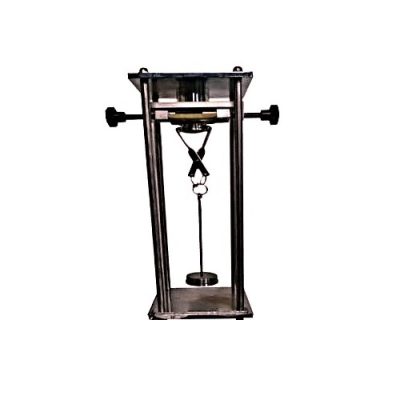DO-160 Vibration Test (Section 8) Device
What is the DO-160 Vibration Test?
The DO-160 standard was developed to test the environmental durability of electronic equipment used in the aerospace and aviation industries. Section 8 of this standard covers the Vibration Test, which evaluates the equipment’s resistance to vibration loads that may occur during flight and operation. This test is applied to analyze the effect of mechanical vibrations that occur during flight on device performance.
Vibration Test in the DO-160 Standard
The Vibration Test defined under DO-160 Section 8 is also related to the following standards:
- IEC 60068-2-6 (Sinusoidal vibration tests)
- MIL-STD-810H Method 514.8 (Mechanical vibration tests)
- RTCA/DO-160G Section 8.0 (Vibration resistance test)
These tests are applied to determine whether devices can maintain their mechanical integrity and functionality against various vibration profiles.
Test Purpose
The Vibration Test is conducted to measure the resistance of aerospace electronics to continuous and intense vibrations. It is used to assess potential risks such as connection loosening, circuit board breakage, and deformation of mechanical components.
How is the DO-160 Vibration Test Conducted?
The Vibration Test is carried out in the following stages:
- Preparation: The device to be tested is fixed to a vibration test table.
- Vibration Profile: The device is subjected to sinusoidal and random vibration profiles.
- Frequency Ranges: The test is usually conducted at frequencies ranging from 5 Hz to 2000 Hz.
- Vibration Axes: The device is subjected to vibrations in different directions along the X, Y, and Z axes.
- Performance Evaluation: After the test, the device’s structural and functional integrity is checked.
Applications of the Test
The DO-160 Vibration Test is applied to the following equipment:
- Aerospace electronics (avionic systems)
- Internal and external sensors
- In-flight control and monitoring systems
- Radar and navigation systems
Results of the DO-160 Vibration Test
The test result evaluates the device’s mechanical integrity and operational reliability. The effects of vibration on connection points, soldering areas, and mechanical parts are analyzed. Successfully passing the test indicates that the device is resistant to vibrations that occur during flight.
Conclusion
The Vibration Test conducted under DO-160 Section 8 is critical for ensuring the safety of aerospace electronics and other essential equipment. This test guarantees that devices will be resistant to mechanical vibrations they will be exposed to during flight.
You can contact us for more detailed information on the DO-160 Vibration Test (Section 8) and to place an order in custom sizes according to your needs.











